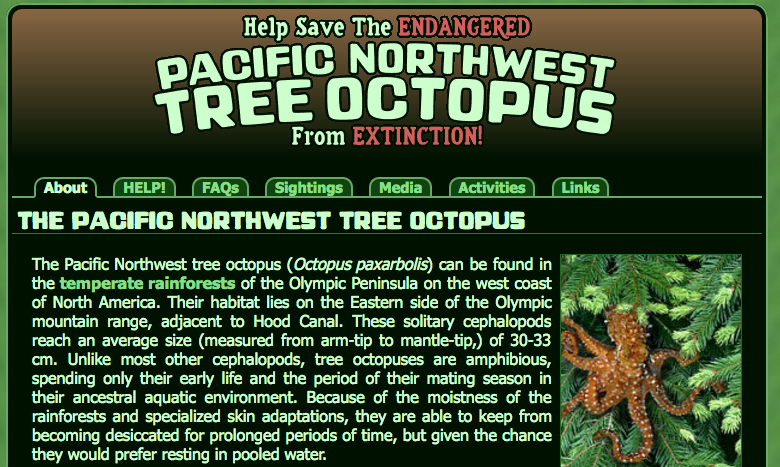“Mathematics is not done with a computer. Mathematics is not done with pencil and paper. Mathematics is done with the brain.”
~ An anonymous participant of the Computer Based Mathematics Summit, London, 2011
The heart of mathematics education is ensuring that students develop both knowledge of mathematics (here is a definition of mathematics) and productive dispositions towards mathematics. The minimum test for us to apply when considering the use of technology in mathematics education is this: “How does this use of technology help develop students’ knowledge of mathematics and/or their productive dispositions towards mathematics?”

An early form of technology for mathematics, source : Wikipedia
There are five traps to avoid when using technology. The first trap is that students end up not learning mathematics but instead only learning how to use a particular technological tool. The second trap is that someone who knows the mathematics already can see the mathematical principles illustrated by a particular technological tool but that a novice does not see or use the tool the same as the expert and therefore does not experience the mathematics the same. The third trap is using technology solely to focus on recall and repetition since students often lose opportunities to see patterns across problems (it doesn’t do much for most students’ productive dispositions towards mathematics either). The fourth trap of technology is that it can isolate learners, both from each other and sometimes even from their teacher. The final trap is that technology can sometimes make it harder to see (or hear) how students understand mathematical ideas.
Here are some questions we should ask ourselves when deciding to use any particular piece of technology with our students:
- Does using this technology help my students learn mathematics that they can use without the use of this technology?
- How will someone who does not yet know the mathematics embedded within this technological tool see the mathematics?
- Does this technology focus solely on the acquisition of a limited set of mathematical knowledge or is it possible for students to use deliberate practice to identify patterns across different problems and acquire new mathematical ideas?
- Does this technology make it harder for my students to interact with each other and with me?
- How will I learn how my students understand the mathematical ideas that are the focus of this lesson?
In a follow-up post, when I have more time, I’m hoping to share examples of technologies that fall into these traps and how I might change the technologies to avoid the trap or how I might change might change my teaching to circumvent the trap.
